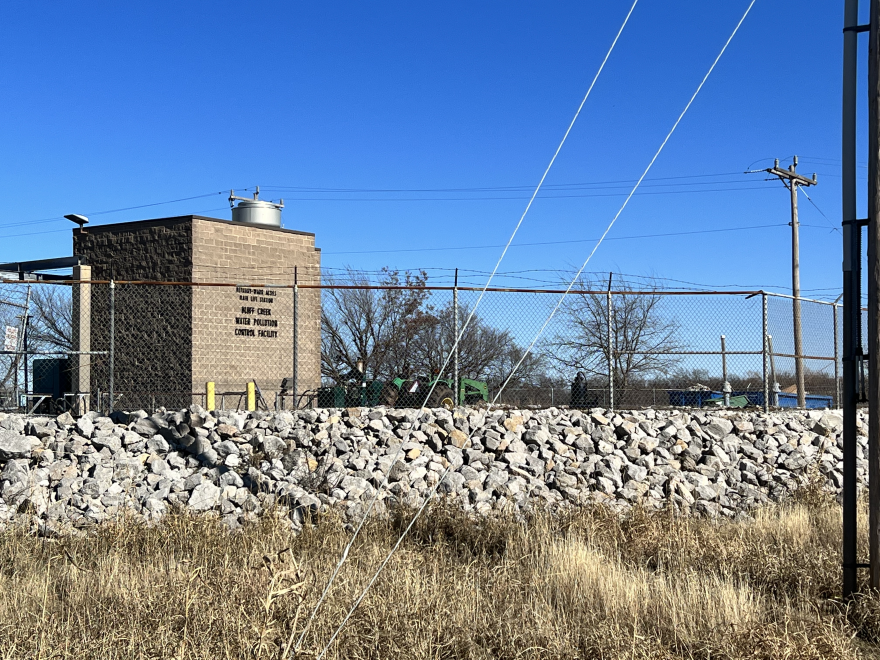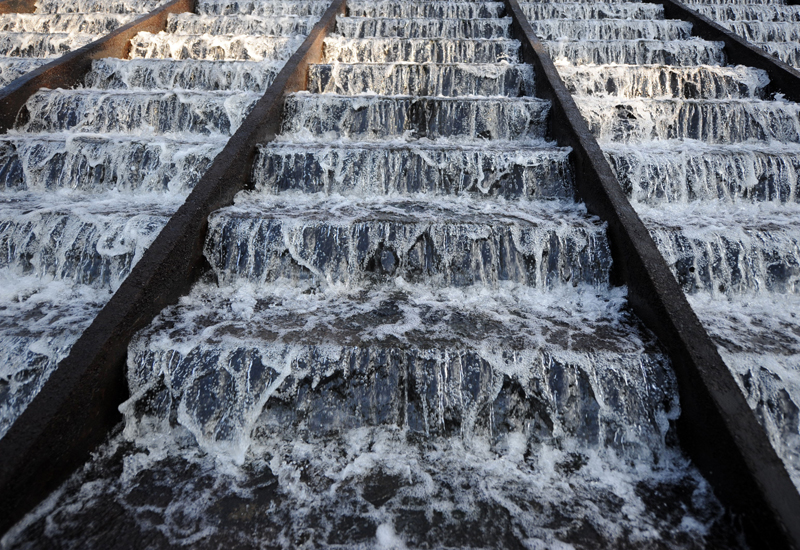Common Problems in Small Wastewater Plants

Small wastewater treatment plants play a crucial role in managing and treating sewage and industrial effluents in localized areas. However, these plants often face unique challenges that can affect their efficiency and environmental compliance. This article explores the most common problems encountered in small wastewater plants, providing insights into their causes and potential solutions.
1. Inadequate Design and Capacity

- Underestimation of Flow Rates: Many small plants are designed without accurate predictions of future population growth or industrial activity, leading to insufficient capacity.
- Improper Sizing of Equipment: Equipment that is too small or not suited for the specific wastewater characteristics can cause operational inefficiencies.
2. Operational and Maintenance Issues
- Lack of Skilled Personnel: Small plants often operate with limited staff who may lack specialized training, resulting in poor process control.
- Infrequent Maintenance: Delayed or irregular maintenance can lead to equipment breakdowns and reduced treatment performance.
3. Biological Treatment Challenges
- Sludge Bulking and Foaming: Imbalances in microbial populations can cause sludge to bulking, reducing settling efficiency.
- Toxic Shock Loads: Sudden introduction of toxic substances can kill beneficial bacteria, disrupting the treatment process.
4. Chemical and Physical Problems
- High Levels of Suspended Solids: Excessive solids can clog filters and pipes, increasing maintenance needs.
- pH Fluctuations: Variations in pH can affect microbial activity and chemical dosing effectiveness.
5. Environmental and Regulatory Compliance
- Effluent Quality Issues: Failure to meet discharge standards can result in environmental harm and legal penalties.
- Odor and Noise Complaints: Poorly managed plants may cause nuisance to nearby communities.
6. Financial Constraints
- Limited Budget for Upgrades: Small plants often struggle to secure funding for necessary improvements.
- High Operational Costs: Energy consumption and chemical usage can strain limited financial resources.
SEO-Friendly Article Structure Suggestions
- Use Tables: Summarize common problems, causes, and solutions in tabular form for quick reference.
- Include Lists: Bullet points help break down complex information into digestible parts.
- Add FAQs: Address common questions such as “How to prevent sludge bulking?” or “What are the signs of equipment failure?” to improve user engagement.
Sample Table: Common Problems and Solutions
| Problem | Cause | Solution |
|---|---|---|
| Inadequate Capacity | Underestimated flow rates | Redesign or expand plant capacity |
| Sludge Bulking | Microbial imbalance | Adjust aeration and nutrient levels |
| Equipment Failure | Poor maintenance | Implement regular maintenance schedule |
Frequently Asked Questions (FAQ)
Q1: What are the signs of sludge bulking?
A1: Poor settling in clarifiers, cloudy effluent, and increased solids in discharge.
Q2: How can small plants improve operational efficiency?
A2: Through staff training, regular maintenance, and process optimization.
Q3: What measures help control odors?
A3: Proper aeration, chemical dosing, and covering of tanks.
By understanding these common problems and their solutions, operators of small wastewater plants can enhance treatment performance, ensure regulatory compliance, and protect the environment effectively.
